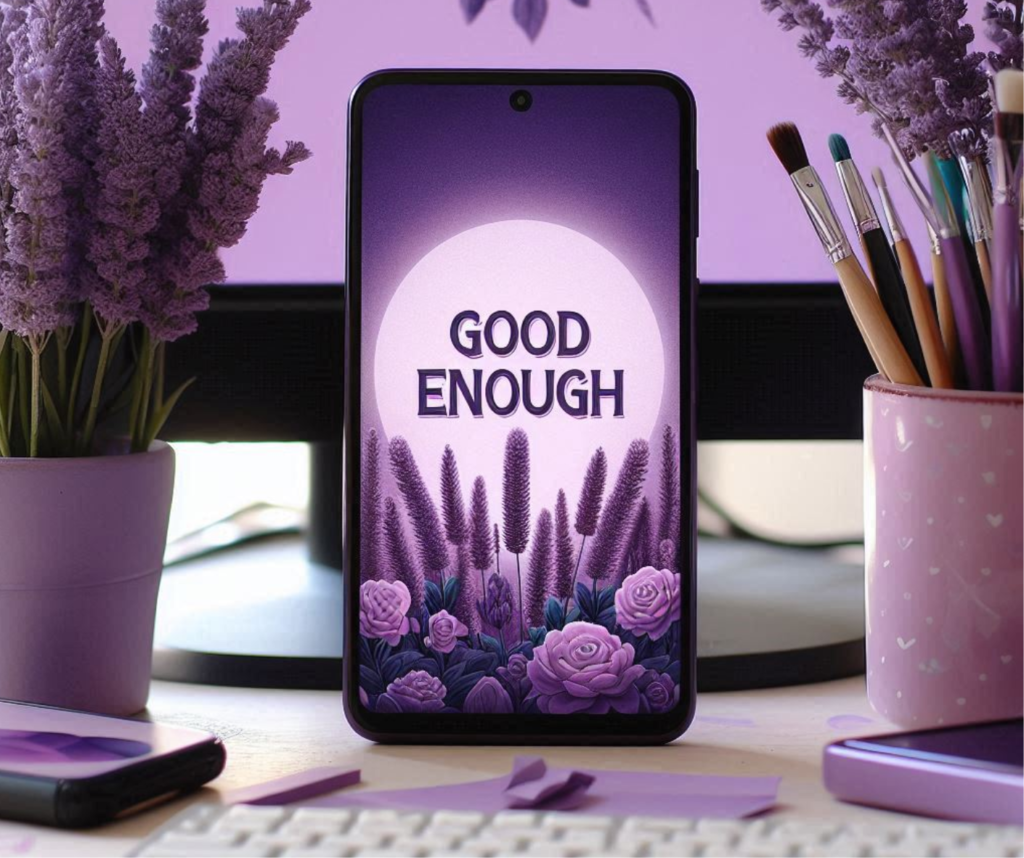
Why Your Brand Should Be a Conversation Both on Your Website and Social Media
In today’s fast-paced digital world, the way brands communicate has evolved beyond traditional advertising. Modern consumers don’t just want to be sold to—they want to be engaged with, listened to, and included in meaningful conversations. Whether it’s on your website or social media platforms, your brand should be much more than a one-way broadcast. It should be a dynamic conversation that bridges the gap between you and your audience, building trust, fostering loyalty, and driving engagement.
This is the era of conversational branding, where your website and social media work together to create a seamless dialogue between your brand and its community. Here’s how you can transform your brand into a conversation and why it’s crucial for your success.
1. Understanding Conversational Branding
Conversational branding goes beyond traditional marketing tactics. It’s about creating a two-way communication flow where your audience feels heard, valued, and part of your brand’s story. Whether it’s through blog posts, comment sections, social media replies, or email newsletters, a brand that engages its audience in conversation fosters deeper connections.
Think about the brands that have built loyal followings—not because they’ve pushed sales constantly, but because they’ve created spaces for conversation, invited feedback, and responded thoughtfully. These brands offer something beyond products or services—they offer a relationship.
Why does this matter? In an age of endless content and choices, people gravitate toward brands that make them feel understood. The trust that comes from these authentic conversations is invaluable. Your website and social media are the perfect places to start and nurture these interactions.
2. The Role of Your Website: The Conversation’s Foundation
Your website is often the first point of contact for many potential customers. It’s the foundation of your brand’s online presence, but it shouldn’t be treated as a static brochure. Instead, your website should be a platform that invites visitors into a conversation.
How can you do this?
- Create Interactive Content: Blog posts that encourage comments, FAQs that answer real customer questions, and feedback forms are all ways to turn your website into a conversation hub. Encourage dialogue by responding to comments and feedback.
- Tell a Story: Every brand has a story, and your website is the place to tell it in a way that invites your audience to relate. Incorporate your audience into your story by sharing their experiences, testimonials, or questions.
- Provide Clear Calls to Action: A conversation is two-sided, so make sure your website has clear calls to action that invite users to engage—whether through newsletter sign-ups, asking for feedback, or directing them to your social media pages for continued dialogue.
- Use Chat Features or Chatbots: In today’s digital world, many websites feature live chats or chatbots to interact with visitors in real-time. This provides a direct line for questions, suggestions, or concerns, making your website feel more like a conversation and less like a corporate wall.
Your website should act as the central hub of your brand’s narrative, offering depth and resources while linking seamlessly to your social media efforts for extended engagement.
3. The Role of Social Media: Fueling the Ongoing Conversation
Social media is the natural extension of your website—it’s where conversations can flourish in real-time. Here, your brand can move from presenting information to actively engaging with your audience.
How can social media deepen the conversation?
- Encourage Interaction and Response: Unlike a website, social media is designed for immediate back-and-forth. Make the most of this by posting content that encourages interaction. Ask questions, run polls, and invite your followers to share their opinions. The more your audience feels heard, the more likely they are to stay engaged.
- Respond Promptly and Genuinely: Brands that don’t respond to comments or direct messages are missing out on huge engagement opportunities. Responding promptly shows your audience that you’re listening. Whether it’s praise or constructive feedback, addressing your followers with genuine responses humanizes your brand.
- Cross-Promote Content: Use your social media to share articles, blogs, or videos hosted on your website, keeping the conversation alive and driving traffic between platforms. Social media allows for bite-sized interactions, while your website can offer in-depth content, ensuring a continuous loop of engagement.
- Leverage User-Generated Content: Nothing strengthens a brand conversation more than when your audience starts talking about you. Encourage your customers to share their experiences, tag your brand, or use hashtags you’ve created. This creates a community around your brand, fueling authentic, organic conversations that build credibility.
- Utilize Stories and Reels: Real-time content like Instagram Stories or Facebook Reels offers a unique way to engage users in a more casual, conversational tone. These quick updates give your brand personality and allow you to connect with your audience on a more personal level.
4. The Synergy Between Website and Social Media
While your website is the hub and social media is the ongoing interaction, the magic happens when these two platforms work together.
Here’s how to create synergy between your website and social media for deeper, ongoing conversations:
- Link Social and Website Seamlessly: Make sure your social media platforms and website are connected at every touchpoint. Visitors should be able to jump from one to the other effortlessly, whether they’re reading a blog post or engaging with a tweet.
- Cross-Promote Thoughtfully: Your website is a treasure trove of content. Promote this content on social media to direct traffic back to your site. At the same time, mention your social media platforms on your website, so visitors know where to engage with you in real-time.
- Create Content Loops: Blog posts, videos, and articles on your website can spark conversation on social media, while feedback or questions from social media can inspire new content for your website. This creates a continuous cycle of engagement where both platforms feed each other.
- Keep the Tone Consistent: While the nature of website and social media conversations may differ, the tone should always feel consistent. Your audience should feel like they’re talking to the same brand, whether they’re on your website, Facebook, Instagram, or Twitter. This consistency builds trust and a stronger connection with your audience.
5. The Benefits of Treating Your Brand as a Conversation
Why should your brand be a conversation? Here are some of the key benefits:
- Deeper Audience Engagement: When you invite your audience into a conversation, they feel valued, increasing their engagement with your brand. This fosters loyalty and turns customers into brand advocates.
- Increased Trust and Credibility: Brands that actively engage with their audience and respond to feedback build trust. This transparency and authenticity go a long way in an age where consumers are more discerning than ever.
- Stronger Community Building: Conversations create communities. When your brand engages in meaningful conversations, it fosters a sense of belonging and connection among your audience, which strengthens brand loyalty.
- Improved SEO and Visibility: Engagement on both your website and social media increases traffic and shares, improving your SEO and making your brand more discoverable.
Conclusion: Create Conversations, Not Broadcasts
In today’s competitive digital landscape, it’s not enough for your brand to merely broadcast messages. To build long-lasting relationships and brand loyalty, you must create meaningful conversations both on your website and on social media. These platforms should work together to engage, listen, and respond to your audience in a way that feels personal and genuine.
The brands that thrive are those that invite their audience into a conversation—where their voice is heard, their feedback is valued, and their engagement drives the story forward. By fostering a dialogue across both your website and social media, you’re not just building a brand—you’re building a relationship that lasts.


